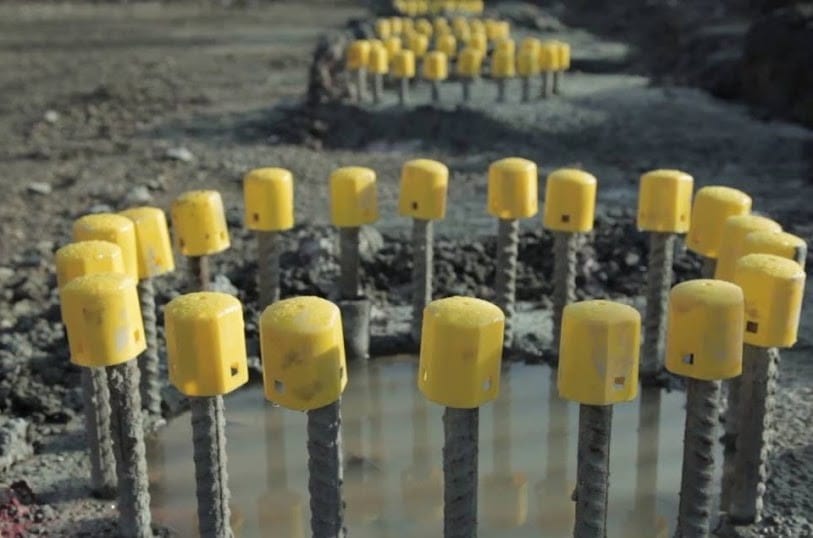
20 Sep The Importance of Proper Site Investigation in Piling Construction
Piling, and especially mini piling, is a crucial tool for making the foundations of your home safe and secure. Whether you’re building a new house on weak or saturated soil, or whether you’re strengthening the foundations after subsidence or as part of an extension, mini piling is the most efficient way of taking the structure’s weight and distributing it down to more stable levels.
However, piling, like any construction technique, needs careful planning and preparation if it’s going to succeed. In particular, it’s essential to investigate the site thoroughly before even making plans.
So what will you be looking for?
Soil Conditions
Soil types can vary considerably, even over a very short distance. This is important because the soil type on the site will determine what kind of piling will work best, as well as what dimensions of piles will be required to support the load.
If the soil on the site is weak, it will be necessary to take the piles down to a more solid level that can support the structure. This makes it necessary to determine not only what the soil conditions are just below the surface, but also how far down you have to go to reach a stable level.
Groundwater Levels
High groundwater levels are one of the most common causes of soil instability, and if the mini-piling is as a result of subsidence, this is a possible reason for it. You’ll need to make sure that conditions are suitable to sink the piles.
It may be possible to drain away some of the excess water from the soil. As with your assessment of soil type, though, determining at what depth the subsoil becomes robust enough to support the piles is an essential part of your planning.
Obstacles
Especially if the site is in an urban area, there’s a high risk of there being obstacles that could affect the work. For example, foundations of nearby buildings might extend under the site, or there could be remnants of earlier structures remaining underground.
Potentially more damaging, though, is the risk of pipes or cables running underneath the ground, which the piles could damage. This could result in both delays and fines, but checking the plans held by the local authority will ensure the piles can be positioned safely.
Environmental Impact
All construction projects in the UK, including mini piling, are legally obliged to take account of environmental factors. These might range from the presence of a protected species to any contamination left from previous use of the land. It’s also essential to ensure your project won’t be destroying important archaeological remains.
Failure to follow environmental regulations as part of your project would lead not only to delays, or even cancellation of the project, but also to possible legal action against you.
Needless to say, all these various investigations would be virtually impossible to do yourself. While you could hire an independent surveyor to prepare a report, it makes far more sense for the investigation to be done by the construction firm that will be doing the work.
This means that it’s vital to choose a highly experienced firm that specialises in mini piling. If you’re looking for piling contractors in London, the surrounding areas or South East England, you can contact U&M to discuss your needs.




